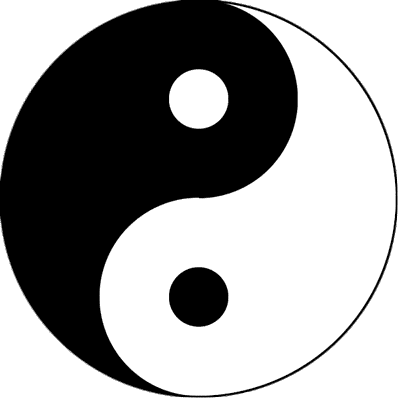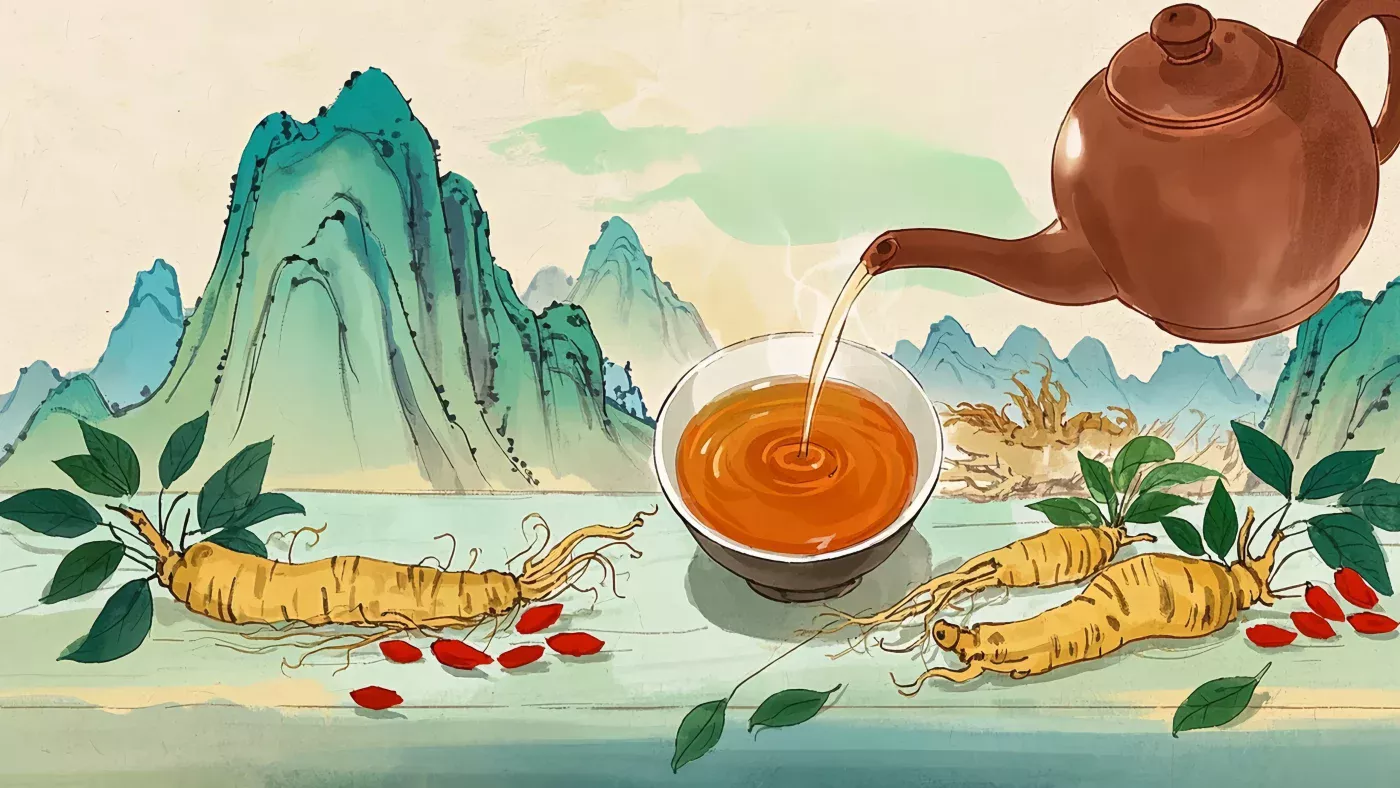Dear friends, after a series of preparations, everything is finally in place—timing, location, and people—and “NINIYUCAO” has finally made its long-awaited debut! From now on, you can collect, read, and share the health and wellness insights that NINIYUCAO has crafted with great care for all of you.
NINIYUCAO is self-aware and knows that, given my limited knowledge, I’ll never be a doctor. But that’s okay; what’s crucial is learning the wisdom of staying healthy. Otherwise, when even a mild headache or cold strikes, one might panic and resort to improper treatments, wasting money and time without finding a solution, possibly even worsening the condition. There’s a saying, “A dam, breached by an ant hole,” which means that serious illnesses often begin as minor ones, and these small issues are caused by our habits. Learning about wellness is about preventing problems before they start—no small ailments, no major illnesses.
NINIYUCAO’s love for Traditional Chinese Medicine (TCM) began unexpectedly about ten years ago. One day, while visiting a friend, I picked up a book from their shelf out of boredom. To my surprise, I became engrossed in it. The author made TCM so lively and engaging. The book was “Seeking Health Within”—a piece many of you may have read. Indeed, this book was my gateway to TCM. Since then, I’ve explored many TCM wellness books—classic texts like Huangdi Neijing (The Yellow Emperor’s Inner Canon), Shennong Bencao Jing (The Divine Farmer’s Materia Medica), books by experts like Qu Liming, Wu Guozhong, and Fan Zhenglun, to name a few. NINIYUCAO has always been interested in making things fun, and reading these TCM texts felt more like a refreshing breeze than a boring task, as I became deeply fascinated by it. It was almost as if fate had guided me to this path.
Some have asked, “Can TCM be learned on your own?” Without hesitation, I can say yes! As long as you’re interested, TCM can certainly be self-taught. I have a friend, Ah Hao, who was a beginner in TCM just a few months ago, and now he’s proficient in various wellness methods. As for myself, after more than eight years of self-study, though I can’t be a doctor, I can certainly handle minor ailments like a cold on my own. Even if the situation is more serious, I can consult with a doctor and quickly determine their expertise, avoiding the risk of falling for quacks.
Why can TCM be self-taught? Because unlike Western medicine, which is full of complicated data, TCM is an art, a culture, and a philosophy—deeply connected to our daily lives. Once you learn it, you can immediately apply it. As the saying goes, “A scholar learning medicine is like catching a chicken in a cage,” meaning if you have a little knowledge of traditional Chinese culture or can recognize a few characters, you can easily learn TCM. We’re not trying to master complex medical skills—just wellness techniques, which is more than achievable for anyone. So don’t be discouraged, friends—you can learn TCM on your own.
Some might wonder, “Isn’t wellness something only for the elderly?” That was true decades ago, but times have changed, as have our environment, lifestyle, and emotions. Diseases that used to affect only the elderly now affect younger generations as well. Just ask yourself or those around you—who isn’t in a state of sub-health? You feel pain all over, but when checked, nothing serious shows up. As a trendy saying goes: “If you don’t care for your health today, tomorrow you’ll be caring for a doctor.”
So how can one learn wellness? It’s not always practical to find a teacher, so reading books is the way to go. But what books should you read? Many are confused about this. Here’s a suggestion: don’t force yourself to read heavy classics like Shanghan Lun or Huangdi Neijing. Just read what resonates with you, whether it’s simple or profound. Over time, you’ll naturally gather wisdom and refine your understanding. And if you’re unsure where to start, try reading NINIYUCAO’s articles. A short read before bed each night, and in a year or so, you’ll be well on your way to becoming a wellness expert.
So, what is the NINIYUCAO brand all about? The three pillars are Traditional Chinese Medicine, wellness, and dietary therapy. What sets it apart? It’s down-to-earth and accessible. NINIYUCAO will make TCM more beautiful, interesting, and relevant to everyday life.
What will NINIYUCAO share? It won’t delve into Five Movements and Six Qi, Eight Principles Diagnosis, Meridian Theory, or acupuncture. Those are for doctors. Instead, NINIYUCAO will teach you about how to eat, drink, and why certain seasonal habits are crucial for your health. It’ll explain things like why you should avoid certain clothes, why you should eat certain foods at specific times of the year, and why exercise doesn’t always guarantee good health. It will guide you on how to eat during colds, coughs, sore throats, and much more. Most importantly, it will tell you what to avoid when you’re sick.
In short, NINIYUCAO is your caring companion in wellness, like a warm fire in winter, offering comfort and guidance that reaches deep into your heart.

